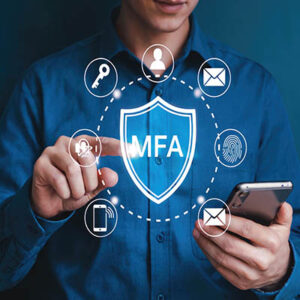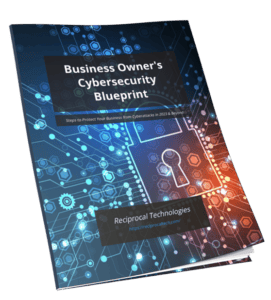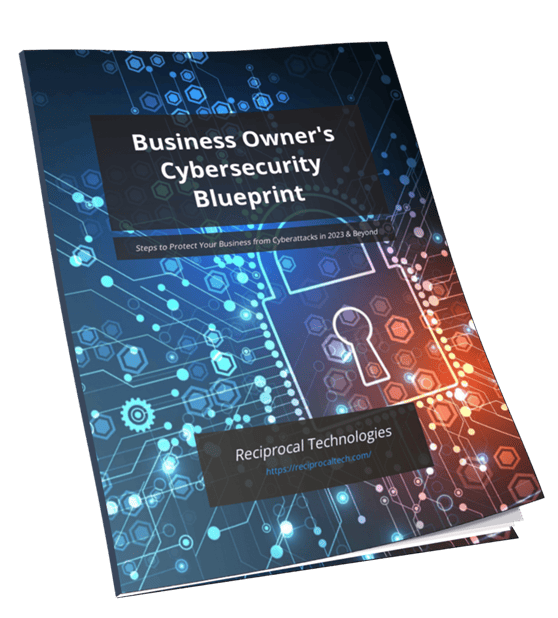Why Multi-Factor Authentication is a Big Part of Your Data Security

Passwords are an important part of ensuring your IT infrastructure remains safe, but they are far from the most effective security solution. It’s not necessarily the fault of the password, either; it’s just that hackers and scammers have gotten a lot better at cracking passwords in recent years, even reasonably complex ones. We recommend you implement multi-factor authentication as a secondary precaution against breaches—and here’s why.
Why Is Multi-Factor Authentication Necessary?
When securing your infrastructure, MFA is not something you should gloss over.
The biggest reason to consider MFA is that it makes a second layer of credentials necessary for account access. Through MFA, you basically make any hacker’s job twice as difficult, if not outright impossible. This is because not only does the hacker have to have your account credentials, but they often require a secondary code or physical access to a device in your possession, essentially halting any efforts at remote exploitation.
MFA remains one of the most practical and effective methods for protecting your organization’s infrastructure from threats.
The Types of Authentication
There are several different types of multi-factor authentication out there that take advantage of the various methods of authentication. Here are just a couple examples:
- Something you are – The credential uses a physical attribute of the user.
- Something you own – The credential is a device you own or is in your general location.
- Something you know – The credential is a code or a piece of additional information only you possess.
When two or even three of the above are present, you get multi-factor authentication.
Examples of Multi-Factor Authentication
Curious what this looks like in practice? Here are some common types of MFA you might see in the wild:
- Biometric scanning to check for physical attributes, such as fingerprints, retina scans, facial or voice recognition, hand shape, and so on.
- GPS tracking to check logins for unapproved or illogical IP addresses.
- Key cards, badge scanners, USB dongles, or other physical security devices
- Software-based security tokens on MFA apps such as Google, Duo, or Microsoft Authenticator.
- SMS messages, phone calls, or email authentication codes sent to the user to verify their identity.
Suffice it to say that there’s plenty of room to implement MFA for just about any business, and if your company deals with sensitive data, you should take appropriate measures to ensure it’s safely behind multiple layers of defenses.
Reciprocal Technologies can guide your business in its implementation of MFA tools and data security. Learn more by calling us today at 317-759-3972.
About the Author
Author’s recent posts
Download the
Business Owner’s Cybersecurity Blueprint


